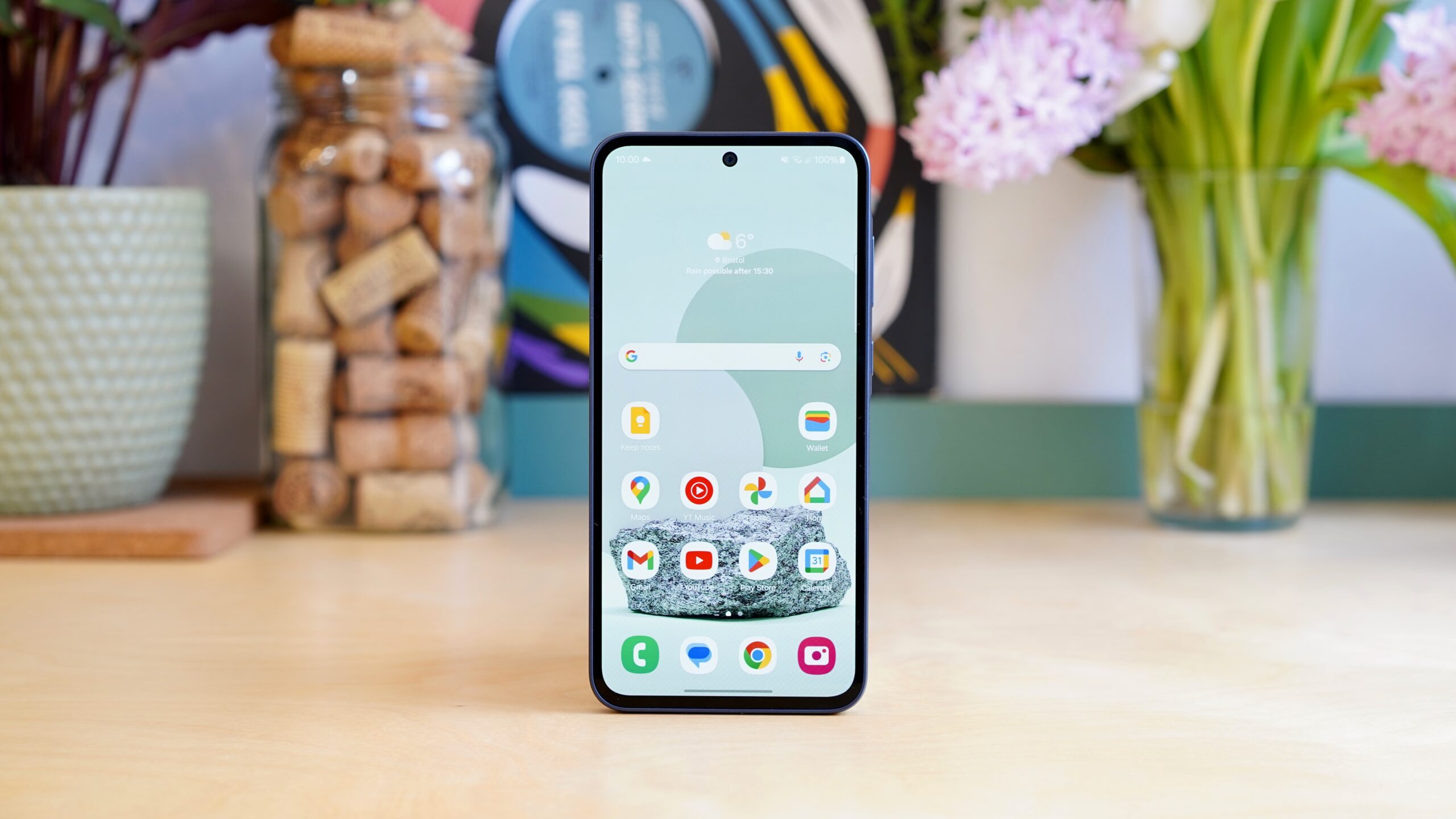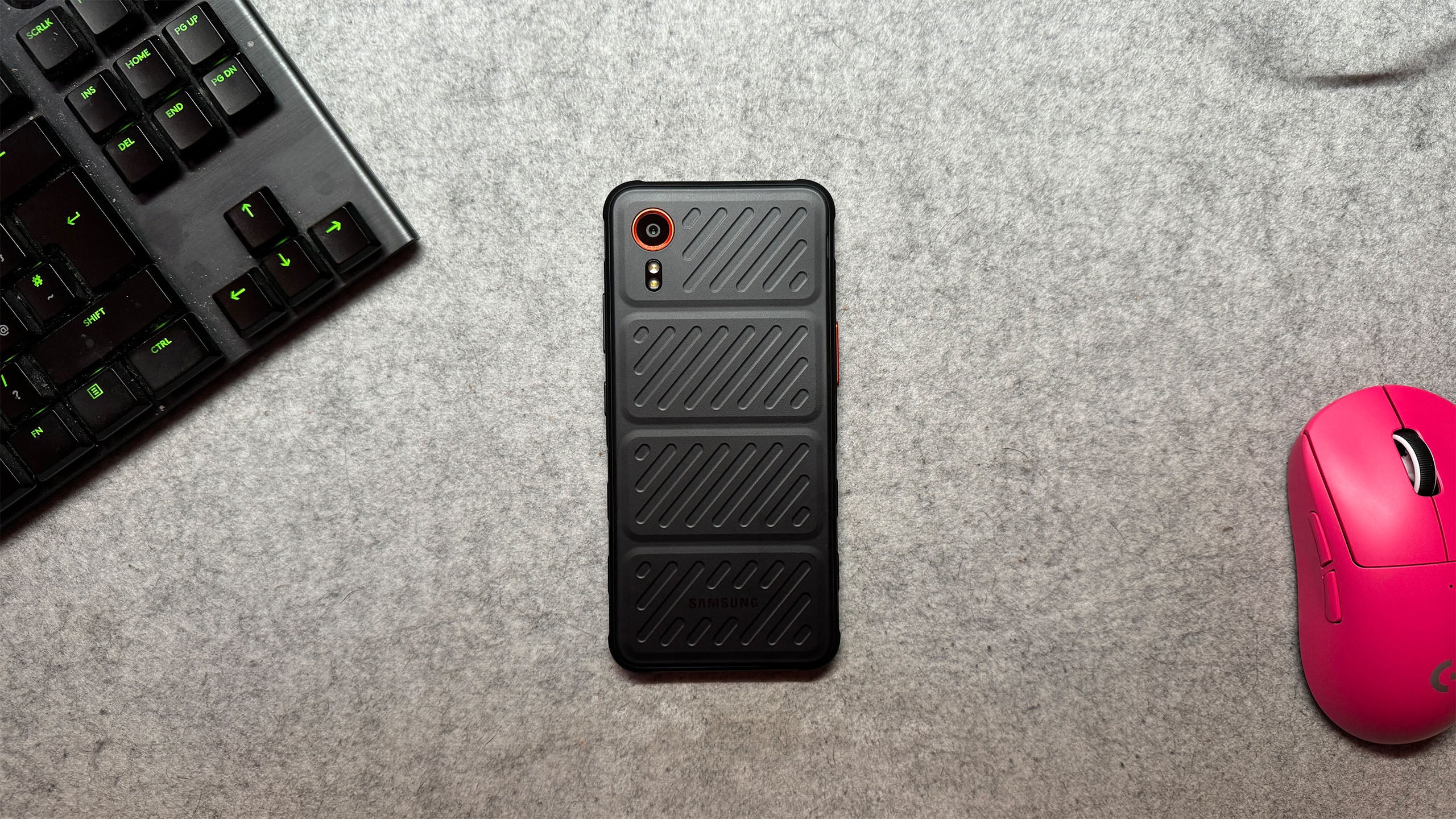TCL 30 SE Review
A fairly unremarkable affordable phone
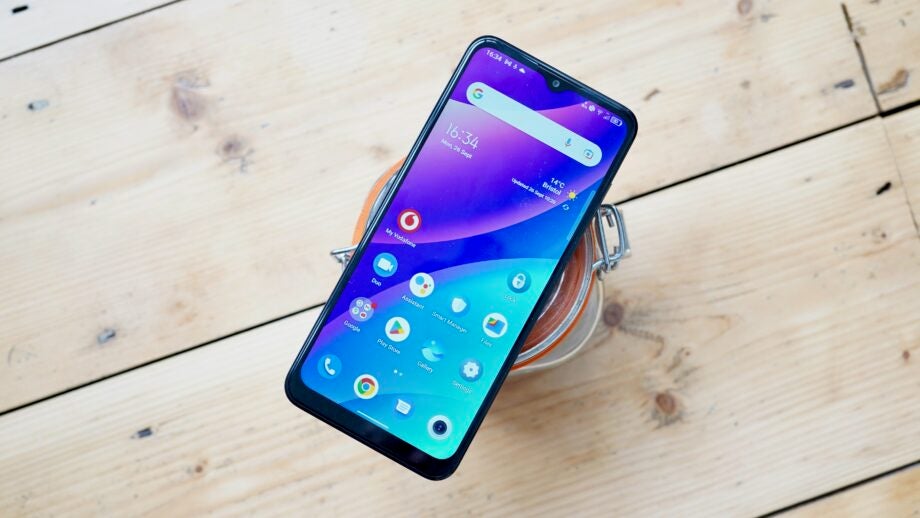
Verdict
The TCL 30 SE is a fairly unremarkable affordable phone that’s cheap, distinctive to look at (from certain angles), and lasts a good while in between charges. However, its display lacks sharpness and pop, its performance is poor, and its camera is extremely inflexible.
Pros
- Relatively distinctive design
- Strong battery life
- Main camera good in strong light
Cons
- Awful performance
- Poor display
- Ugly software
Availability
- UKRRP: £140
- USARRP: $159.99
Key Features
- Big batteryOne of the best things about this phone is its endurance
- Great daylight cameraFor the price, the camera takes strong shots as long as the conditions are bright
Introduction
TCL isn’t new to the world of smartphones, having hit the market with the mid-range TCL 10 Pro in 2020 and the similarly priced TCL 10 in 2021. But it’s still undoubtedly known as a TV manufacturer first and foremost.
With the TCL 30 SE, the Chinese manufacturer is targeting the affordable phone market. Priced at just £140, it can count the likes of the Moto G22 and the Oppo A16s as direct rivals.
That’s some eminently beatable competition right there. The question is, can the TCL 30 SE offer significantly more for that kind of money?
Design and Screen
- Quite a distinctive plastic build
- Underwhelming 6.52-inch LCD
- Only 720p and 60Hz
The best thing I can say about the TCL 30 SE’s design is that it stands out from other cheap phones. It’s nothing radical, but the way that its chunky matte plastic rim extends around to the back of the phone, framing a shiny glass-effect plastic rear cover, is just a little bit different.
It’s a reassuringly solid phone to hold, aided by a somewhat chunky 165.2 x 75.5 x 8.9 mm body and a healthy 190g weight.
My Space Gray model is a bit of a fingerprint magnet, but the way it shifts from dark to light depending on the angle is pleasing. It’s also available in Atlantic Blue and Glacial Blue.
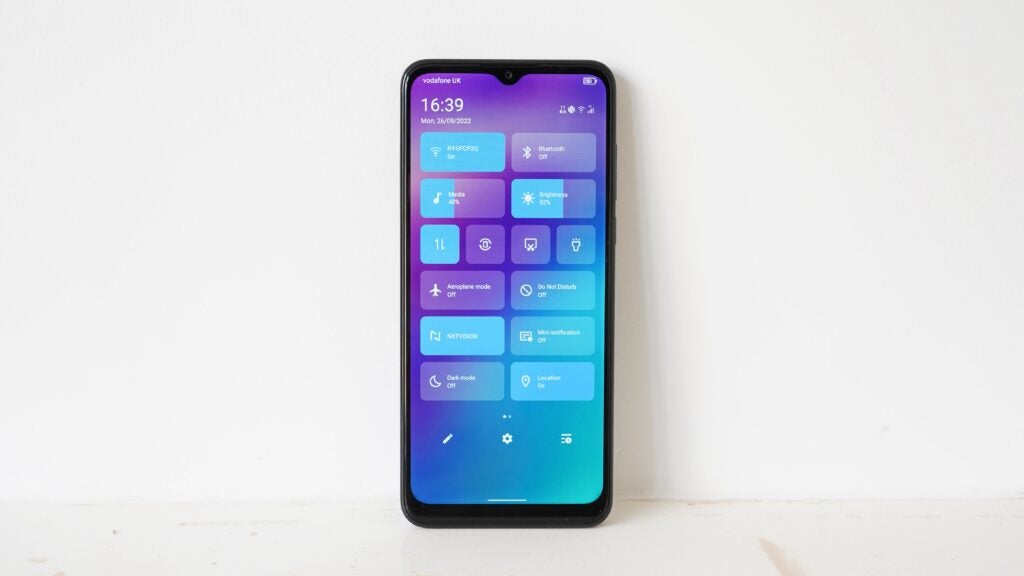
One rather outdated element that’s worth remarking on is the TCL 30 SE’s rear-mounted fingerprint sensor. This is a design feature from another smartphone era, with most rivals switching to side-mounted or even in-display methods. In operation, it’s reliable enough, though unlocking the phone can take an age due to its sluggish processor.
The phone’s teardrop notch and chunky bezels are similarly old school signifiers that speak to a sub-£150 price tag.
This being a cheaper phone, it’s no surprise to find a top-mounted 3.5mm headphone jack. You also get a loud but fairly weedy mono speaker mounted on the phone’s bottom edge.
The phone’s screen is nothing to write home about, even within the context of a budget price point. At 6.52 inches, it’s not particularly huge, nor is it very sharp at 720 x 1600. I’ve said it before, but Full HD or 1080p really should be the acceptable minimum in today’s large-screen phones.
TCL has gone with an LCD panel too, so the colours don’t particularly pop, and the true blacks of OLED displays are here replaced by murky greys. This isn’t the phone for you if you’re prone to enjoying rich HDR video content.
Still, at least this is an IPS panel, meaning that viewing angles are acceptable and the overall picture is reasonably clear.
You don’t get any form of elevated refresh rate, however, with the TCL 30 SE screen stuck at 60Hz. Given the phone’s limited performance, as we’ll go on to discuss, that’s probably a smart idea.
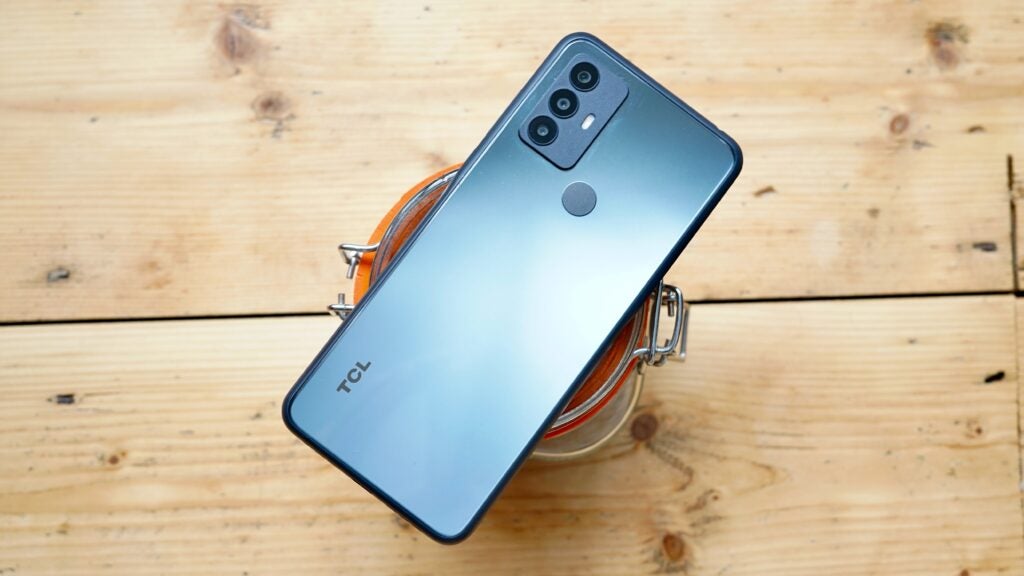
Camera
- 50MP main camera good in strong lighting
- No dedicated Night mode
- No ultra-wide or telephoto
The TCL 30 SE’s photographic set-up is led by a 50MP wide camera. It’s capable of taking some impressively sharp and reasonably balanced shots in good lighting.

However, while it might be packed with pixels, it’s not a particularly large sensor at just 1/2.76″. There’s no OIS to keep things steady in those darker situations either.
Indeed, one of the most noteworthy omissions here is any sort of Night mode. Taking my usual low light test shots, there was no dedicated mode to be found in the Camera settings menu, while shooting in auto merely activated the flash. The resulting low light shots are predictably murky and noisy.
Another notable omission is any form of ultra-wide camera. Rather, the two supplementary sensors include a 2MP macro camera and a 2MP depth sensor, neither of which are worth much at all.
We’re accustomed to the trick of cheaper and even mid-range phones cropping in on a high-megapixel sensor in place of a dedicated telephoto camera, and that’s precisely what the TCL 30 CE does here. While 2X shots are just about passable, I wouldn’t recommend using the 4X option, as things get very fuzzy indeed.
The phone’s 8MP selfie camera really isn’t very good at all. It seems to struggle to capture a sharp subject even in very good natural lighting, while there is stacks of noise and a generally washed out palette.



Performance
- Very limited MediaTek MT6762G Helio G25
- Slower than much of the competition
- Functional but ugly TCL UI 4.0 on Android 12
It shouldn’t shock you to learn that the TCL 30 SE runs on humble hardware. This is a £140 phone, remember.
Still, the phone’s MediaTek MT6762G Helio G25 chip is an extremely limited component, hitting a lowly average score of 877 in the Geekbench 5 multi-core test. That’s even lower than the Moto G22 and the Oppo A16s, neither of which exactly blew us away in performance terms.
It’s around half the score of phones running on the low-end Snapdragon 480 like the Nokia G50.
Things don’t improve much when you turn to consider the GPU. I couldn’t even get our usual 3DMark Wild Life tests to run on the TCL 30 SE, while the lesser Sling Shot tests are unimpressive. Scores of around 854 for Sling Shot and 484 for Sling Shot Extreme pitch it down with the Moto G22.
In practical terms, the TCL 30 SE doesn’t feel very fluid in the hand, with a constant state of wallowiness as you navigate through screens and between apps.
On the software front you’re looking at a custom take on Android 12, with TCL UI 4.0 layered on top. TCL’s take on Android has never been the worst on the market, but it’s far from the best.
The notification menu has been needlessly played with to the point where its various toggles replicate the function of stock Android 12, but with none of the style or clarity. Meanwhile, there’s a surfeit of bloatware clogging up the home screens, including a weirdly intrusive Hot apps folder that constantly refreshes with new app recommendations. Apps such as TCL Home, a superfluous web browser, and several other apps take up a slot on the home screen. The app tray, meanwhile, defaults to a mystifying category-based arrangement.
Naturally, it’s easy enough to clean all of this away and personalise it to your taste, at which point TCL UI 4.0 becomes perfectly comfortable to use. Some will appreciate TCL UI’s sidebar, which provides quick access to apps and contacts of your choice, as well as a handy Ruler.
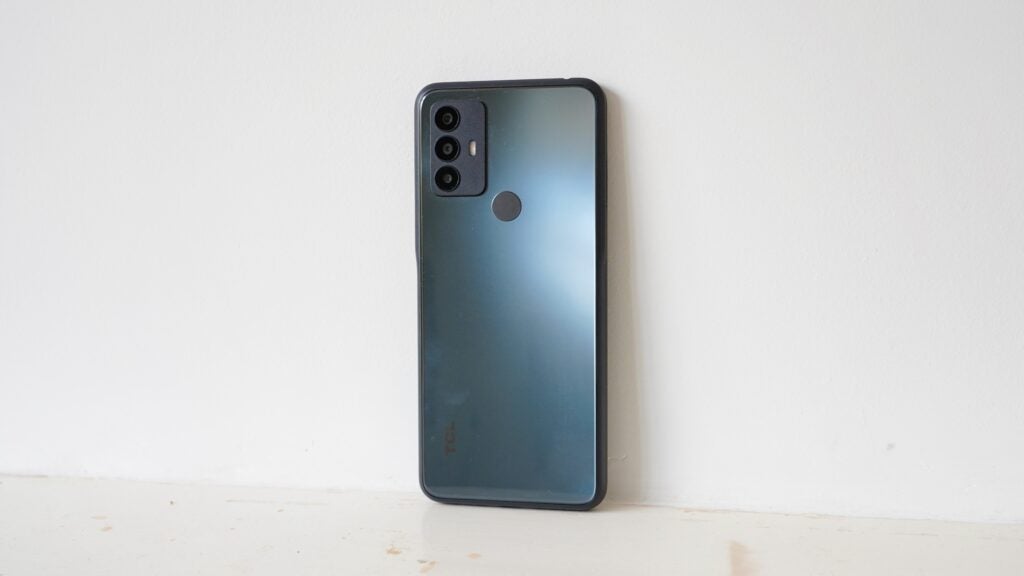
Battery life
- Large 5000 mAh battery
- Not as efficient in media use as Moto G22
- Slow 15W charger bundled in
The TCL 30 SE runs on a large 5000mAh battery. As with most other affordable phones combining humble hardware with a chunky cell, it’ll last you a day easily, and quite possibly two in-between charges.
Like the Moto G22, it has a limited 720p display, and unlike the Moto G22, it doesn’t even extend to a 90Hz refresh rate. This means very good things for stamina.
Unfortunately, the TCL 30 SE’s lack of compatibility with the 3DMark Wild Life Extreme benchmark test meant that I couldn’t run the usual intensive use test. I did run some practical tests, however, which weren’t particularly encouraging.
The phone lost 8% of its charge after an hour of video streaming, and 3% after an hour of music streaming. By comparison, the Moto G22 lost 3% and 1% respectively, suggesting it’s much more efficient in everyday media playing tasks.
You’re given a 15W charger in the box which, when used, took me 30 minutes to get to a mere 19%. Like the similarly equipped Moto G22, it’s going to take you well over 2 hours to charge to 100% from empty.

Latest deals
Should you buy it?
You want a cheap phone that looks a little different: The TCL 30 SE tries something a little different with its extended bumper, which marks it out from a lot of samey cheap phones.
You want a speedy performer: Even for the money, the TCL 30 SE is a slow phone that chugs through most tasks.
Final Thoughts
For the money, the TCL 30 SE isn’t a terrible bet, but nor does it really do anything to distinguish itself from a whole host of similarly mediocre cheap phones.
Just like the Moto G22, there are major reservations with the sharpness and quality of the display, the distractingly sluggish performance, and the severely limited camera system on offer here.
On the positive side, TCL’s design work is distinctive in an area of the market that typically plays it safe. Meanwhile the main camera, while sorely lacking a dedicated Night mode, is capable of decent results in good lighting. The TCL 30 SE’s battery life, too, is good enough to get you through a day or two of usage, though that’s not unusual at this end of the market.
Once again, however, spending £50 to £80 more will get you a lot more phone for your money. Like most phones at this price, the TCL 30 SE is cheap, but it isn’t great value.
How we test
We test every mobile phone we review thoroughly. We use industry standard tests to compare features properly and we use the phone as our main device over the review period. We’ll always tell you what we find and we never, ever, accept money to review a product.
Used as our main handset during test period
Camera tested in variety of situations with all modes
Tested with synthetic benchmarks and real world use
FAQs
Yes, there’s a 15w charger included with this phone and a cable.
Trusted Reviews test data
Full specs
Sustainability
Trusted Reviews holds the fact that global warming is not a myth as a core value and will continuously endeavor to help protect our planet from harm in its business practices.
As part of this mission, whenever we review a product we send the company a series of questions to help us gauge and make transparent the impact the device has on the environment.
You can see a detailed breakdown of the questions we ask and why in our sustainability info page. In lieu of answering each of these questions, Vivo has provided us with its company Sustainability Report.


